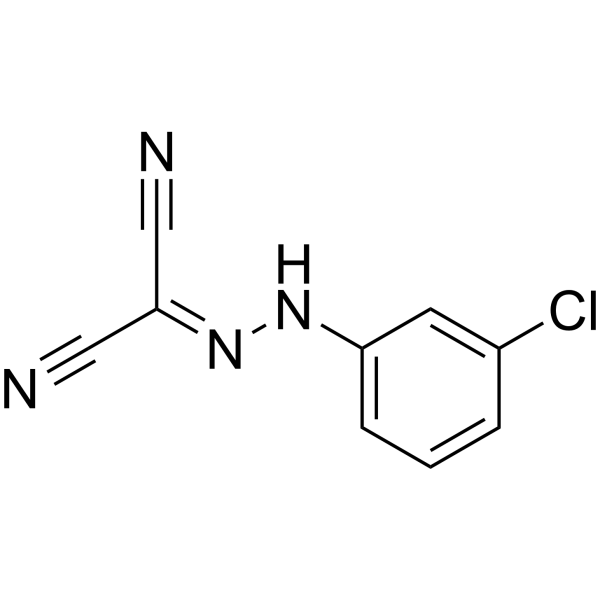
By high-throughput drug screening, we profiled the synergistic activity between PIX and rifampin (RFP) against Gram-negative extensively drug-resistant isolates by checkerboard assay. Pixantrone (PIX) has been approved for treating aggressive B-cell non-Hodgkin’s lymphoma. Repurposing FDA-approved compounds to sensitize superbugs to conventional antibiotics provides a promising strategy to alleviate such crises. In particular, antimicrobial-resistant pathogens lead to a high rate of treatment failure and significantly increase mortality. The emergence of bacterial drug resistance poses a severe threat to global public health. PAAG efficacy against these bacterial subpopulations suggests it may have substantial therapeutic potential for eliminating recurrent P. PAAG caused rapid permeabilization of the cell membrane and caused significant membrane depolarization in persister cells. PAAG demonstrated greater efficacy against persisters in vitro than antibiotics currently being used to treat persistent chronic infections such as tobramycin, colistin, azithromycin, aztreonam, and clarithromycin. aeruginosa persister cells resulting in complete eradication of the in vitro persister cells within 24 h of treatment. PAAG demonstrated rapid bactericidal activity against both forms of induced P.

PAAG eliminated eliminated persisters at concentrations that show no significant cytotoxicity on human lung epithelial cells.


This study represents the first time a novel large molecule polycationic glycopolymer, poly (acetyl, arginyl) glucosamine (PAAG), has been evaluated against antibiotic and carbonyl cyanide m-chlorophenylhydrazone induced P. Pseudomonas aeruginosa infections are commonly associated with elevated levels of drug-tolerant persister cells, posing a serious threat to human health. Persisters are considered a major cause for treatment failure and are thought to greatly contribute to the recalcitrance of chronic infections. Antibiotic treatments often fail to completely eradicate a bacterial infection, leaving behind an antibiotic-tolerant subpopulation of intact bacterial cells called persisters.


 0 kommentar(er)
0 kommentar(er)
